Have you ever petted a cow? Looked into her eyes? Marveled at her sheer size? Called her by name? You could if you visited a local dairy farm.
Heyyy, Juanita!
Yo, Crackle! Pop!
Looking good, Autumn!
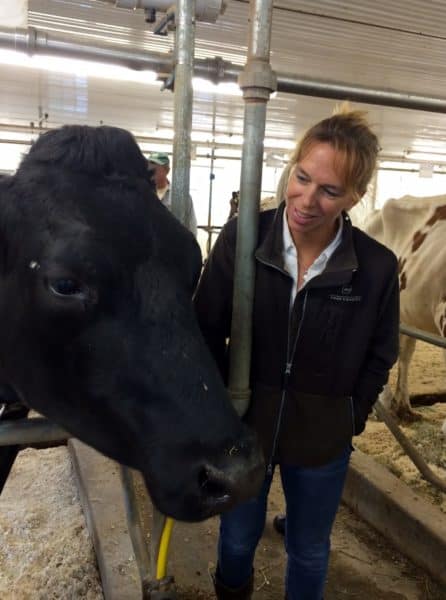
Thanks to the New England Dairy and Food Council I got to muck around at Hornstra Farms with registered dietitians Kara Lydon, aka The Foodie Dietitian, and Liz Weiss of Meal Makeover Moms fame. Also along for the dairy farm tour were Jen Taillon for Edible Boston, Kathleen Reale of Be Free For Me, and Julia Grimaldi of the Massachusetts Department of Agriculture. A notably food-centric crew with an interest in supporting local dairy farms.
Enter John Hornstra, himself a 4th generation farmer, who led us through all areas of the operation, from raising and caring for cows, to milking and processing, to bottling and selling. He was an animated and charismatic tour guide, and deliciously quotable. I was captivated the entire time.
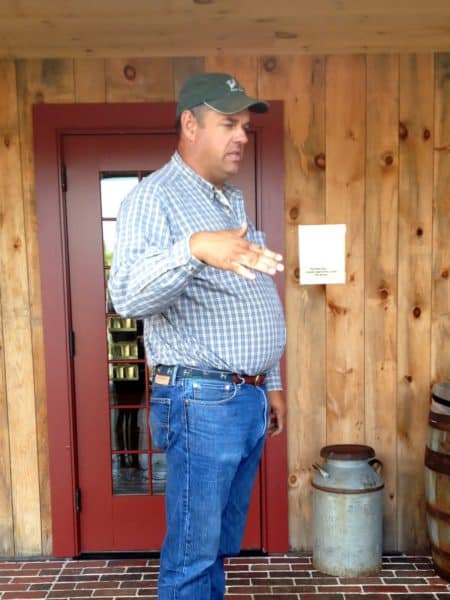 How best to share with you this awesome experience? The only efficient way is through pictures, and, while I was armed with my untrustworthy iPhone 4S (whose battery inconveniently died midway), I’ll try to do the visit justice.
How best to share with you this awesome experience? The only efficient way is through pictures, and, while I was armed with my untrustworthy iPhone 4S (whose battery inconveniently died midway), I’ll try to do the visit justice.
The Cows. A small-scale conventional dairy farm, John says there are around 100 cows on the farm currently, mostly red and white Holsteins, with about 60 of them actively producing milk.
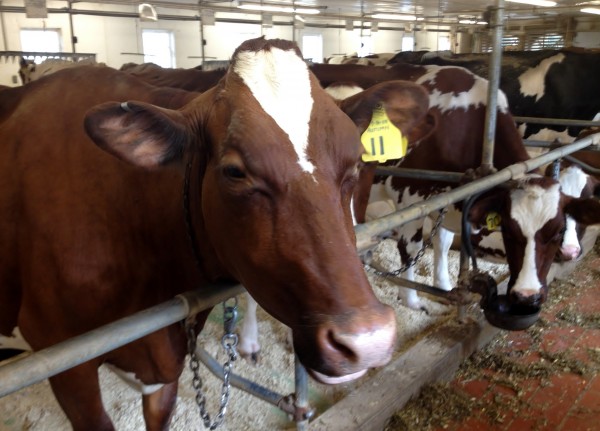
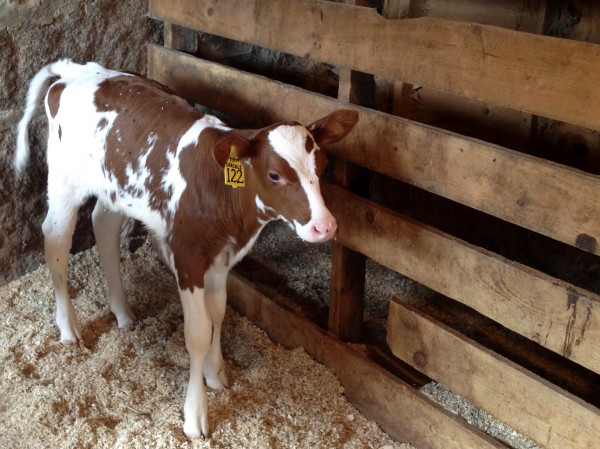 Raising and caring for them is a 24/7/365 job. “Let me put it this way,” he says. “Dairy farmers get up and milk the cows before they open their Christmas presents.” In other words, the cows are milked at 5 AM and 5 PM every day. No vacations, no days off, no sleeping in.
Raising and caring for them is a 24/7/365 job. “Let me put it this way,” he says. “Dairy farmers get up and milk the cows before they open their Christmas presents.” In other words, the cows are milked at 5 AM and 5 PM every day. No vacations, no days off, no sleeping in.
You could say that the milk waits for no udder 😉
While the cows are the #1 asset of a dairy farm, it was clear from the outset that John loves these animals. As we toured the milking barn, he petted and called them by name, describing both their personalities and their milk productivity. He even has a favorite. Jet Black is her name, and he claims she has one of the sweetest dispositions he’s ever known in a cow.
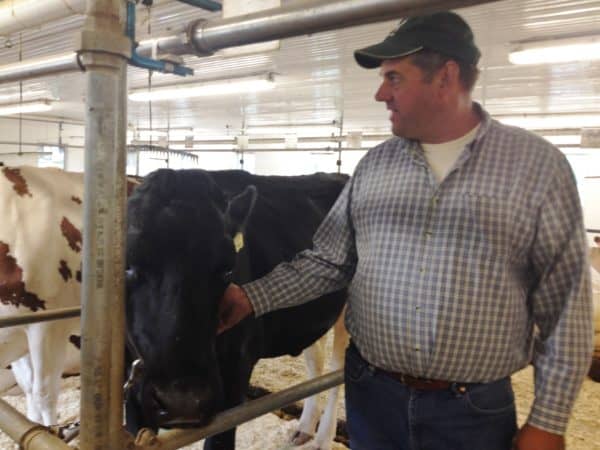 That doesn’t mean he won’t eat her once her productive milking years are past. As he matter-of-factly puts it, he’d rather eat beef from a cow he raised and cared for himself, with love and compassion, than any other beef.
That doesn’t mean he won’t eat her once her productive milking years are past. As he matter-of-factly puts it, he’d rather eat beef from a cow he raised and cared for himself, with love and compassion, than any other beef.
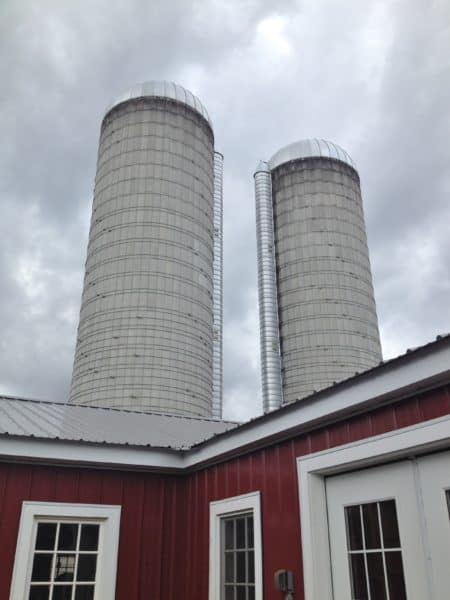 Conventional versus Organic Dairy Farms
Conventional versus Organic Dairy Farms
John is a conventional dairy farmer. His cows are fed a mixture of corn, grain, and grass. The corn is grown using a small amount of weed-killer (just one quart per acre) to suppress the weeds. There are no pesticides used, however. As John sees it, “If there’s a worm here and there, the cows don’t care.” His cows are not exclusively grass-fed because that practice takes enormous amounts of land and the cows expend a great amount of energy grazing; energy they could use producing milk.
When asked about his views on and practices with antibiotics, John stated unequivocally it is more humane to treat a cow with antibiotics if they’re suffering from something like mastitis instead of not treating them. The cow being treated is taken out of the milking rotation and their milk is dumped until the antibiotics have cleared their system. All milk, whether organic or conventional, is tested for antibiotics and must be free of them in order to be bottled and sold.
Milk Processing on a Local Dairy Farm
For a dairy farm with 3,500 customers around southeast Massachusetts, the processing area is surprisingly small. In one corner you’ve got these mega-huge vats:
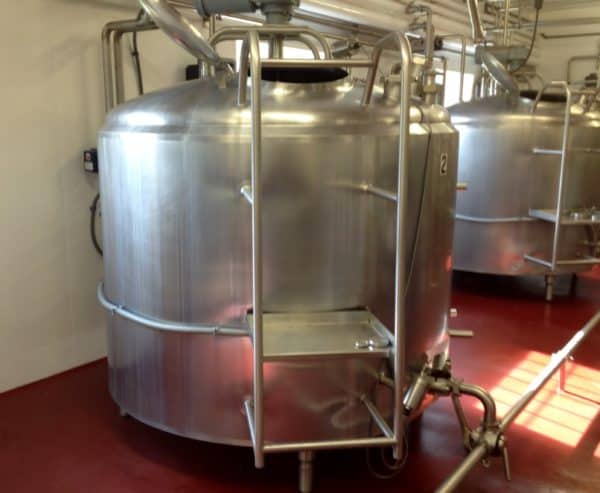 They are filled with fresh raw milk, which is then pasteurized via a special low-temperature method (145 degrees F for 30 minutes) which John says kills the bacteria, but better preserves the integrity of the milk (such as enzymes).
They are filled with fresh raw milk, which is then pasteurized via a special low-temperature method (145 degrees F for 30 minutes) which John says kills the bacteria, but better preserves the integrity of the milk (such as enzymes).
When asked about offering raw milk, his answer is straightforward: absolutely not. “Drinking raw milk is like playing Russian roulette,” says he. And though he has many customers who continue to ask for it, he does not seem inclined to change that viewpoint anytime soon. He mentioned that a cow infected with Lyme disease can actually transfer the disease to humans who drink its raw milk. Yikes! I will remain firmly in the “Pasteurized, please” camp as well.
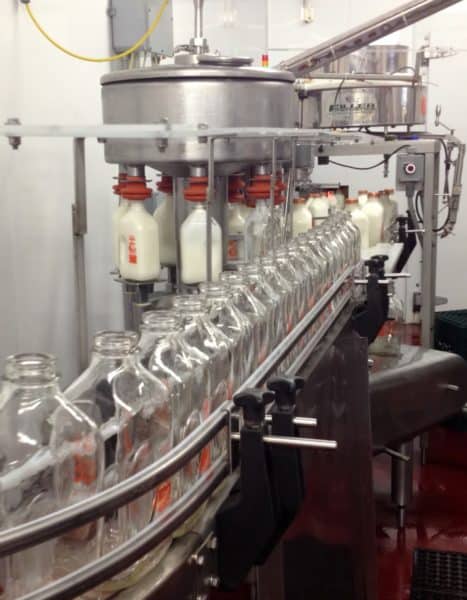 In another corner is the bottling operation. Much of the whole pasteurized milk is bottled up once it has cooled. Yes, those are glass bottles. John is absolutely firm on this point – glass bottles preserves the taste of milk, while plastic alters it. Add that to the long list of stuff I didn’t know about milk.
In another corner is the bottling operation. Much of the whole pasteurized milk is bottled up once it has cooled. Yes, those are glass bottles. John is absolutely firm on this point – glass bottles preserves the taste of milk, while plastic alters it. Add that to the long list of stuff I didn’t know about milk.
The milk that isn’t immediately bottled is sent through what I think is an oddly small centrifuge, located in the middle of the room. Small, but mighty, I learned! This little baby can whirl about 700 gallons of milk per HOUR. It separates the cream from the skim milk, allowing them to make lower-fat varieties for customers which are, as expected, in high demand.
(Thank you to my centrifuge-comparison model, Kara, for highlighting its small stature)
What to do with all that cream removed from the milk?
Ice cream, of course! In another corner, they make the base for their own homemade ice cream. Don’t you want to just dive in? I nearly did – accidentally – when taking this photo.
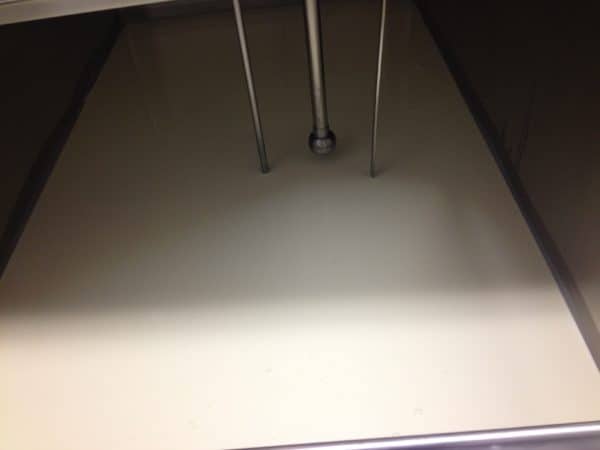 The ice cream product took years for John to personally master. He tried recipe after recipe, looking for just the right texture and creaminess. Finally, he settled on an ice cream base which uses some egg yolk in addition to the cream. We got to taste-test at will in the ice cream room. “Try them all!” said John. Between the group of us, I think we did! I’m something of an ice cream aficionado, and this was some of the best Mocha Chip I’ve ever had.
The ice cream product took years for John to personally master. He tried recipe after recipe, looking for just the right texture and creaminess. Finally, he settled on an ice cream base which uses some egg yolk in addition to the cream. We got to taste-test at will in the ice cream room. “Try them all!” said John. Between the group of us, I think we did! I’m something of an ice cream aficionado, and this was some of the best Mocha Chip I’ve ever had.
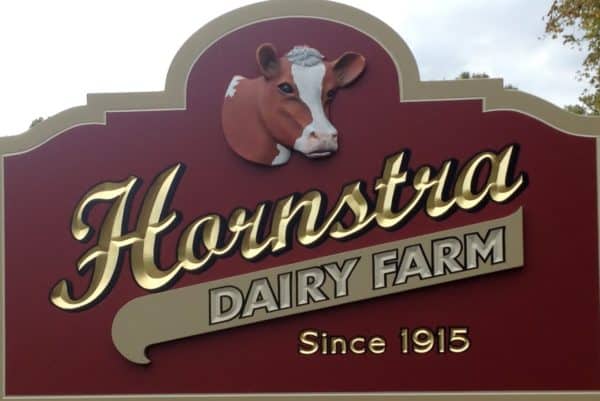 That just about wraps up my visit to Hornstra Farm. It was such a great experience, and really makes me want to introduce my kids to a similar experience. Considering we, as a family, drink about 6 gallons of milk a week, I think it would be great if we explored a local dairy farm or two!
That just about wraps up my visit to Hornstra Farm. It was such a great experience, and really makes me want to introduce my kids to a similar experience. Considering we, as a family, drink about 6 gallons of milk a week, I think it would be great if we explored a local dairy farm or two!
One of the best things that came out of this visit?
It jogged some memories from my early childhood:
In the early 1970’s, I was 4 or 5. We had milk delivered right to our door. Sometimes, I got to go out and let the milkman know what we needed that day. Other times, if he came before we were awake, he placed the items in this hole in the ground that had a metal lid. It was a huge thrill for me to lift that lid to find the treasures inside.
I had nearly forgotten those memories altogether, but visiting Hornstra Farms and listening to John – a modern-day milk man – talk passionately about raising happy, healthy, productive cows brought a lot of it back.
My thanks to both the New England Dairy and Food Council as well as John Hornstra, for a wonderful, and eye-opening day. After seeing his operation, it’s no wonder that his farm was named Massachusetts Outstanding Dairy Farm in 2013. I can’t wait to explore other farms in the area. Do you have a favorite? Let me know!
Disclosure: New England Dairy and Food Council sponsored this tour of a local dairy farm. I was provided lunch but otherwise received no compensation. The opinions and viewpoints, as well as any errors, are mine alone.
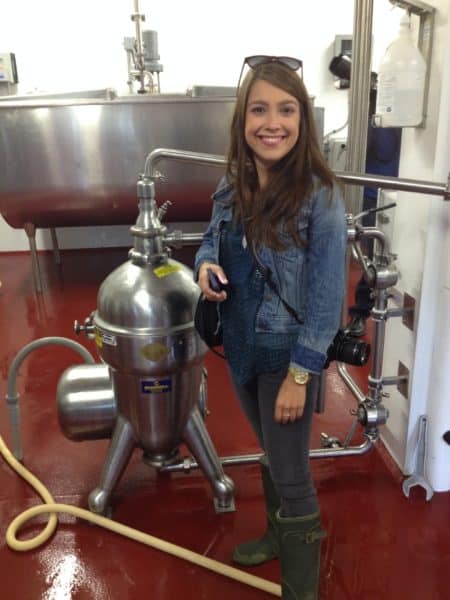
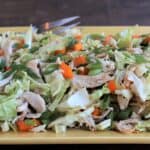
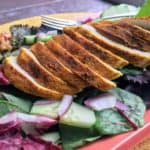
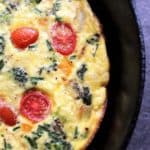
Wow! So much great info you captured, Julie! I second Liz, you must be an excellent note-taker or have a fabulous memory! Had so much fun and it was great seeing you!
I took notes until my phone died in the milking barn 🙂 Great to see you too!
Great Post! Thanks for joining us and I’m so glad you enjoyed yourself. Hope to do it again soon!
I loved it. Can’t wait for the next one 🙂
Julia, I love your post. You nailed it! You must have been taking lots of notes 🙂 I gave you a shout out in my post, so stop by and check it out. Love how you call John a “modern day milk man.” So spot on!!
Thanks so much! Will head over to check yours now. I think I have a crush on John. Hope it wasn’t too obvious LOL 🙂
Tough profile of John!
I’m assuming you mean my obvious farmer crush and not the photo LOL 🙂 He was such a great host!